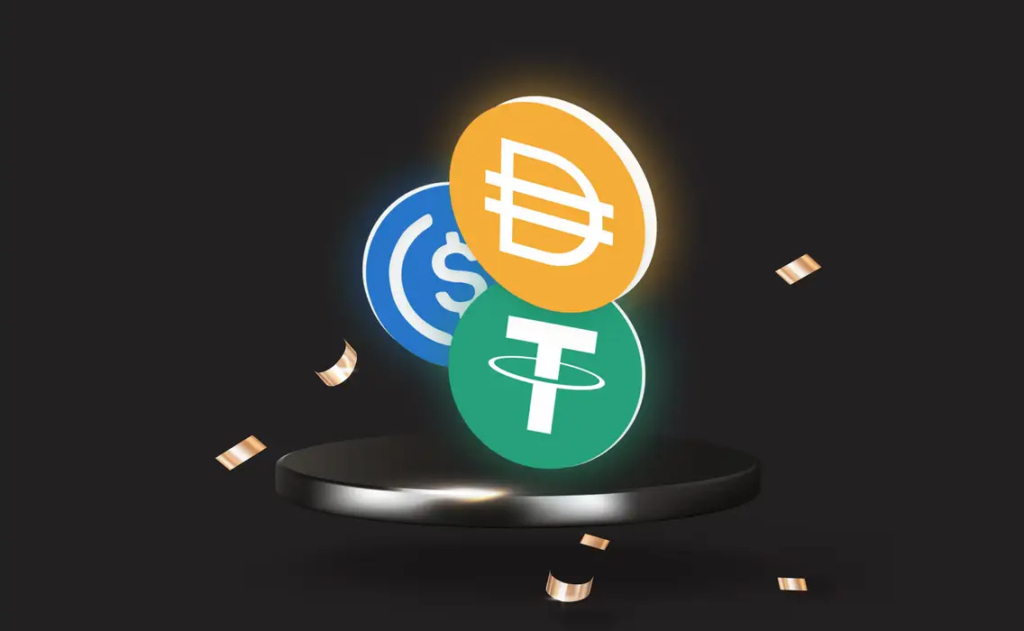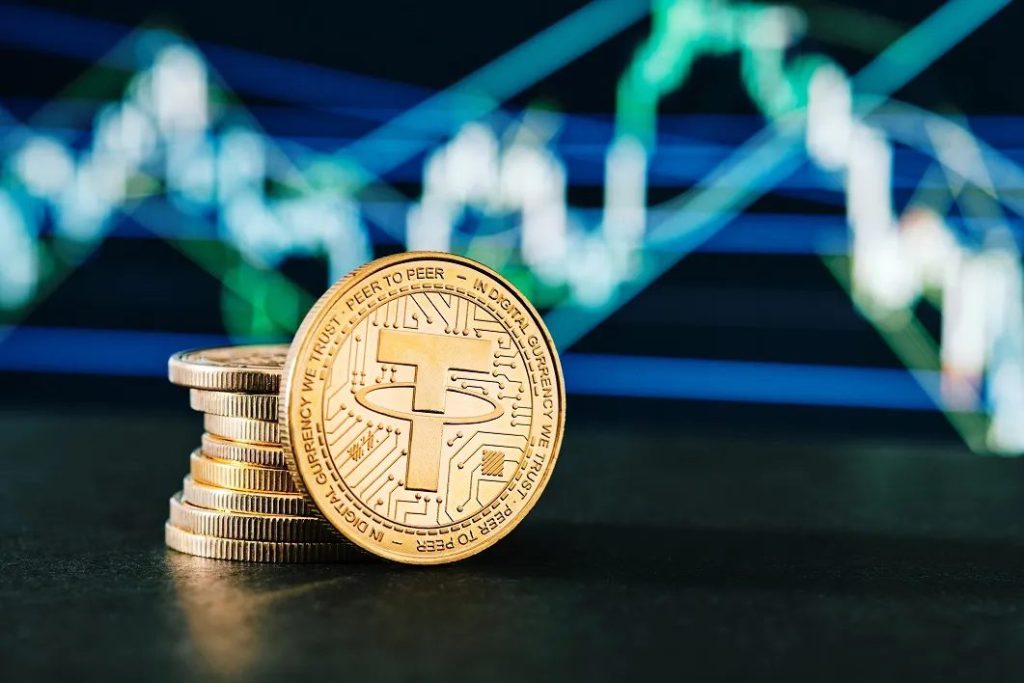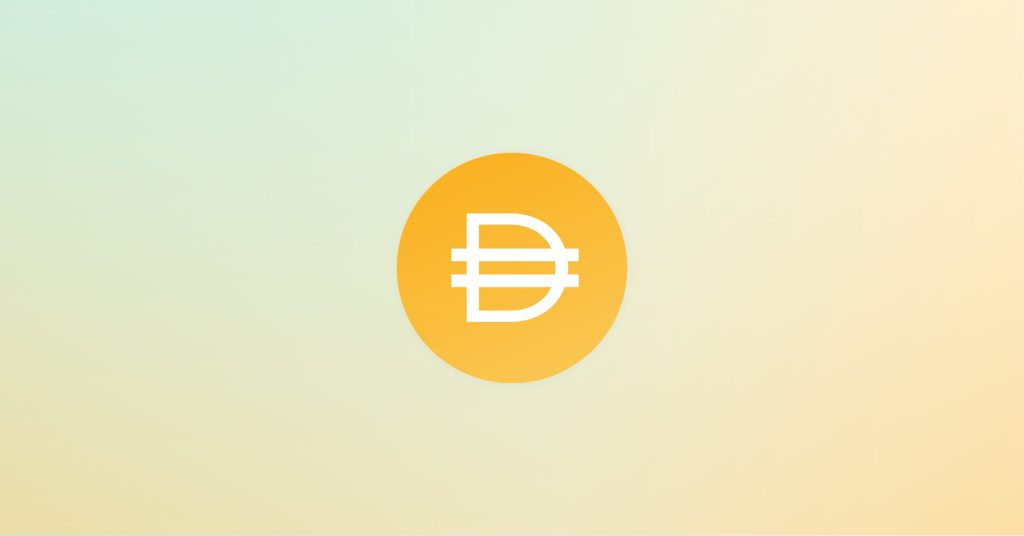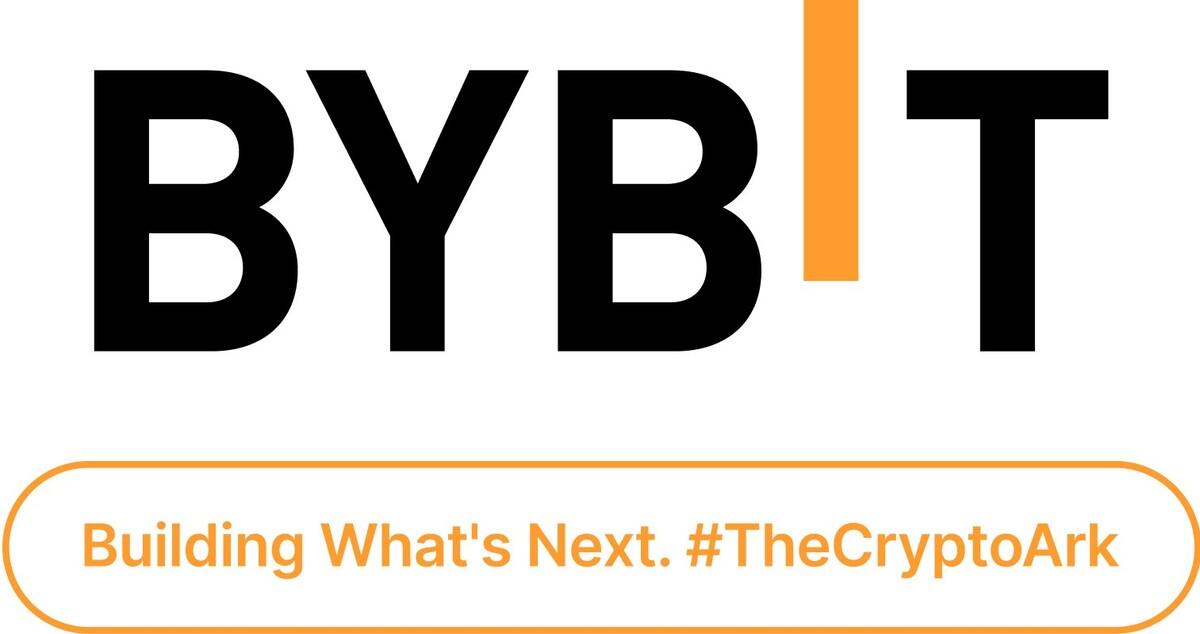Stablecoins play a very important role in the cryptocurrency sector due to the unique function that they perform in linking traditional currencies and the highly volatile world of digital assets. These price-stable digital currencies provide an unparalleled solution to the intrinsically volatile state of cryptocurrencies while at the same time maintaining their flexibility as an asset. Let’s learn about the types of stablecoins with Coincu in this article.

What are stablecoins?
The stablecoin is a great innovation within the sphere of cryptocurrency and is derived from “stable,” meaning solidity, trustworthiness, and balance. They are carefully designed to peg their value to another asset, mostly to that of the US dollar or Euro, or sometimes to commodities such as gold. This relationship works out for keeping the price stable amidst the notorious fluctuations in the cryptocurrency market.
Stablecoins are a much more stable and reliable store of value, unlike other digital currencies whose values may fluctuate significantly over even a very small length of time. This stability is achieved by pegging the prices of stablecoins to well-established assets in order to counteract price fluctuations within the market.

Operating on most cryptocurrency exchanges, stablecoins facilitate the trading and transferring of assets with ease and convenience. They also utilize blockchain technology to enable peer-to-peer transactions, increasing their efficiency and independence from intermediaries.
The idea behind the creation of stablecoins was to create an instrument for transacting value dependably while avoiding the volatility of traditional cryptocurrencies. And in so doing, they created more trust and confidence in the monetary transactions and operations that are done within the cryptocurrency space.
Other than being linked with a fiat currency, stablecoins may be backed up by other assets, such as precious metals or even other cryptocurrencies. This further allows them to be even more versatile and adaptive in different conditions of the market, thereby boosting their usability and appeal.
Read more: Top 3 Algorithmic Stablecoins Detailed Description
Types of Stablecoins
Fiat-backed stablecoins
Fiat-backed stablecoins, for instance, are representatives of conventional currencies such as the US dollar or the Euro. Anchored with the collateral of fiat currency, stablecoins can promise value stability and, therefore, form the cornerstone for most use cases: trading, remittances, and DeFi. Fiat-backed stable coins are at the front line of the different categories that exist among types of stablecoins.
At the core, fiat-backed stablecoins hold the reserves of sovereign currencies, predominantly the U.S. dollar, to maintain one-to-one value correspondence between the stablecoin value and the collateralized fiat. While other assets, such as precious metals or commodities, are used as collateral, the salience of the U.S. dollar underlines the stability that these digital currencies are looking to provide.
Prominent Examples
Examples of issuers working with fiat-backed stablecoins include Tether with USDT and Circle with USDC. For example, the issuer must provide an equivalent amount of dollar reserves to bring a certain number of tokens into circulation. Moreover, these reserves are custody held independently and audited on a regular basis for compliance, thus ensuring that the ecosystem has transparency and trust.

Use cases
The use of fiat-backed stablecoins has found deep application in DeFi activities of lending, borrowing, and trading, due to their liquidity and stability. However, not all that glitters is gold, as risks abound. Centralization, volatile asset reserves, and a lack of independent audits are serious challenges. Nevertheless, their resilience to price manipulation and liquidity makes them play an important role in the cryptocurrency landscape.
Crypto-backed stablecoins
Types of stablecoins cannot lack crypto-backed stablecoins. These digital assets are kept stable by using cryptocurrencies held as collateral and thus offer opportunities and challenges in the crypto space.
In the case of crypto-backed stablecoins, the algorithm works with the process of over-collateralization, whereby a surplus of reserve cryptocurrencies is needed to mint some amount of stablecoin. This is a precautionary measure to protect against the volatility intrinsic to cryptocurrencies. For example, MakerDAO’s DAI, one of the most outstanding crypto-backed stablecoins, requires over-collateralization in order to ensure stability in its peg to the U.S. dollar.

Prominent Examples
Crypto-backed stablecoins add another layer of complexity compared to their fiat-backed peers, given their dependence on volatile cryptocurrencies. Still, considering their complexity, they continue to be the preferred choice among users seeking decentralization and autonomy in their financial transactions. MakerDAO’s Dai (DAI) and Reserve Rights (RSV) are famous examples that use creative mechanics to maintain stability in times of market fluctuation.
Use cases
Decentralization and a trustless structure characterize crypto-backed stablecoins. Decentralization does not immunize it completely from risks, though. Value fluctuations of the reserve cryptocurrencies act as a constant threat to the stability of such stablecoins. Automatic liquidation to the underlying collateral is the safety net such systems use during times of market turbulence.
Commodity-backed stablecoins
Thus, commodity-backed stablecoins—anchored by physical commodities—connect the digital and physical worlds together for access to valuable assets. Then, there’s the growth of tokenized assets as another conduit for asset ownership, further increasing the ability to invest within the crypto space. Commodity-backed stablecoins are the most stable type of stablecoin in types of stablecoins.
While gold-backed stablecoins have a large spread in adoption and utility, other commodity-backed stablecoins pose challenges in replicating such functionality. For example, the Petro stablecoin of Venezuela does not hold redeemable value to a barrel of oil, hence limiting its utility and adoption. Interest in stablecoins backed by various commodities like real estate, however, is rising, even as the number of active projects under this head is fewer, presenting the latent for further expansion and innovation in this space.

Running parallel to the rise of commodity-backed stablecoins, the tokenization of assets is emerging as a different avenue for asset ownership within the crypto sphere. Tokenized assets derive their value from external, tradeable assets like gold, which provides an alternative route of diversification and access to traditional markets for investors.
Read more: What Are the Differences Between Gold Tokenized NFTs and Gold Backed Stablecoins?
Prominent Examples
Commodity-backed stablecoins represent a new breed of cryptocurrency stability because they are collateralized by assets such as gold, real estate, and metals. Without a doubt, gold is the most favored among the commodities, with Paxos Gold (PAXG) and Tether Gold (XAUT) pioneering the effort. Stablecoins do not only reflect the price of gold, therefore, but offer utility like the more conventional cryptocurrencies while circumventing the complications of owning and storing real commodities.
Read more: What is PAX Gold (PAXG) and How Does it Work?
Use cases
Commodity-backed stablecoins have utility above and beyond just representing an asset, unlocking investments and transactions that otherwise would be unreachable for many. Such assets can be redeemed through PAXG or XAUT, for example, if holders have a large enough balance and go through identity verification processes. That way, investors can exchange their balance in digital assets for physical ones. This creates a measure of confidence and liquidity within the ecosystem.
Algorithmic stablecoins
At the core of algorithmic stablecoins lies the sophisticated interplay of algorithms and smart contracts that drive the dynamics of supply and demand together in order to keep the price stable. Such stablecoins ignore the traditional methods of collateralization but use algorithmic interventions to adjust supply based on the prevailing market conditions. The algorithmic stablecoin is also one of the most popular among types of stablecoins.
Read more: What are algorithmic stablecoins? What will their future look like in DeFi
Use cases
The unique path of algorithmic stablecoins differs from that of their fiat-backed or crypto-backed over-collateralized cousins, respectively. Using algorithms and incentives, these dynamically achieve price stability. For instance, when prices go up above the peg, these stablecoins issue new tokens to dilute supply and, therefore temper price inflation. On the other hand, should prices be on a downward trend, the issuance of new tokens is halted, and with it, supply is constrained in hopes of bolstering price recovery.
Market Dynamics and Vulnerabilities
While algorithmic stablecoins offer transparency and decentralization ruled solely by auditable code, their operational resiliency relies on users trusting the algorithmic mechanisms. In contrast to central banks, algorithmic stablecoin issuers lack institutional credibility and regulatory oversight, amplifying the repercussions when market disruptions happen. Absent a central authority to set monetary policy, the fragility of the algorithmic stability mechanisms is accentuated, strongly underlining the risks of their decentralized governance model.

Though inherently innovative, algorithmic stablecoins are not isolated from market vulnerabilities. Recently, the de-pegging incident of TerraUSD (UST) proved the susceptibility of these stablecoins against changes in market demand. The collapse of TerraUSD meant a huge amount of selling happened, aggregating a large loss in investor wealth and eventually causing a crisis of faith in these mechanisms of algorithmic stability. This case underscores an important dependency of the algorithmic stablecoin on the market sentiment, where failing demand poses existential threats to their stability.
Read more: Top 3 Algorithmic Stablecoins Detailed Description
Prominent Examples
Even considering the challenges of market volatility and trust deficits, algorithmic stablecoins continue to enjoy interest for their innovative potential and decentralized ethos. Projects like USDD, Frax, and Ethena USDe are among the ongoing efforts to improve algorithmic stability mechanisms and add resilience against shocks to the market.
Characteristics of Stablecoins
Stablecoins, the digital currencies renowned for their price stability, possess several key characteristics that set them apart in the ever-evolving landscape of cryptocurrencies:
- Price Stability
- Collateral-Backed
- Popularity in Trading and DeFi
- Easy Conversion
- Decentralization and Non-Banking
At the core of stablecoins lies their unparalleled ability to maintain stable prices. This feat is typically achieved through various methods, including pegging to fiat currency (like the US dollar), collateralizing with assets such as gold or cryptocurrencies, or employing complex algorithms to regulate supply and demand dynamics.
A defining trait of stablecoins is their reliance on collateral for stability. Whether it’s the traditional stalwart, the US dollar, or alternative assets like gold or cryptocurrencies such as Bitcoin or Ethereum, stablecoins are backed by tangible value.
Stablecoins have garnered widespread adoption, particularly in cryptocurrency trading and the burgeoning realm of decentralized finance (DeFi).
The stability of stablecoins facilitates seamless conversion between them and other assets without exposing users to significant price volatility.
Certain iterations of stablecoins are engineered to operate autonomously, devoid of central financial institutions or traditional banking systems.
The Importance of Stablecoins
- Transactional Foundations in DeFi
- Payment Systems
- A Bridge to Mainstream Adoption
- Complementary Digital Counterparts to Fiat Currency
Stablecoins’ significance transcends the realm of crypto trading. They find extensive utility as base currencies in transactions, particularly within decentralized finance (DeFi) platforms. Here, users capitalize on the opportunity to leverage high interest rates through lending and borrowing mechanisms.
In the broader context of the global financial economy, the demand for a payment system characterized by swiftness, cost-effectiveness, and minimal reliance on intermediaries has become increasingly evident. Stablecoins effectively fulfill this need with a seamless alternative to traditional payment methods.
While decentralized cryptocurrencies like Bitcoin and Ethereum struggle with mainstream adoption hurdles, fiat-backed stablecoins present a more viable path to acceptance as a medium of exchange. Their intrinsic link to established fiat currencies instills confidence and familiarity among users.
It’s worth noting that while stablecoins cannot entirely supplant fiat currencies, given the latter’s enduring stability, they serve as digital complements to fiat currencies.
Functioning as universally acknowledged units of value, stablecoins are conduits bridging the cryptocurrency market with the conventional financial landscape.
Conclusion: Types of Stablecoins
On the other hand, stablecoin offers a store of value and a medium of exchange for those who want to make transactions within the digital economy, not exposed to such a huge price fluctuation.
While cryptocurrencies challenge traditional notions of monetary control, the volatility remains the largest impediment to their mass adoption. Then comes the advent of stablecoin—a very promising solution for stability and reliability to users of the digital economy, hence the future of digital finance. Hopefully, this paper gave more light to understanding the types of stablecoins and their mechanisms.
FAQs
How many stablecoins are there?
There are numerous stablecoins in existence, with more being created regularly. According to CoinMarketCap at the moment there are more than 170 stablecoins in circulation.
The exact number can fluctuate due to new launches and changes in the market, but there are dozens available across various blockchain platforms like Ethereum, Binance Smart Chain, and others. Some well-known stablecoins include Tether (USDT), USD Coin (USDC), Dai (DAI), TrueUSD (TUSD), and Paxos Standard (PAX), among others.
Which stablecoin is the best?
Determining the “best” stablecoin can depend on various factors including stability, transparency, liquidity, regulatory compliance, and the specific use case. Tether holds the largest market share and is widely accepted across cryptocurrency exchanges and platforms. However, some stablecoins, like USD Coin (USDC) and Paxos Standard (PAX), prioritize transparency by regularly publishing audits of their reserves. These can be considered the best stablecoins at the moment.
Is CBDC a type of stablecoin?
Central Bank Digital Currency (CBDC) and stablecoins share some similarities, but they are not exactly the same.
CBDC refers to digital currencies issued by central banks, whereas stablecoins are typically issued by private entities or organizations. While both CBDC and stablecoins aim to provide a digital representation of fiat currency, they differ in terms of issuer, underlying technology, and governance.
What are the top three stablecoins?
The top three stablecoins by market capitalization and usage are:
- Tether (USDT): Tether is the most widely used stablecoin and has the largest market capitalization.
- USD Coin (USDC): USD Coin is a stablecoin issued by regulated financial institutions and operates on the Ethereum and Algorand blockchains.
- Dai (DAI): Dai is a decentralized stablecoin issued on the Ethereum blockchain by the MakerDAO protocol.
What type of stablecoin is USDT?
Tether (USDT) is a type of stablecoin known as a “fiat-collateralized” or “centralized” stablecoin. This means that each USDT token is supposedly backed by a reserve of real-world fiat currency, such as the US dollar, held in custody by the issuing company, Tether Limited.
Which is the safest stablecoin?
Determining the absolute safest stablecoin can be challenging as it depends on individual preferences and risk tolerance. However, stablecoins issued by reputable companies or projects, backed by strong regulatory compliance, transparency, and robust reserve mechanisms, are generally considered safer.
Based on these criteria, USD Coin (USDC) and Gemini Dollar (GUSD) are often regarded as among the safest stablecoins. Both are regulated and issued by trustworthy entities (Coinbase and Circle for USDC, Gemini Trust Company for GUSD), and they undergo regular audits to ensure transparency and verify their backing by fiat reserves.
| DISCLAIMER: The information on this website is provided as general market commentary and does not constitute investment advice. We encourage you to do your own research before investing. |

















